Saint of the Day – 20 June – Blessed Michelina of Pesaro TOSF (1300-1356) Widow, Religious of the Third Order of the Friars Minor, Stigmatic, Penitent, Apostle of all in need, Founder of the Confraternity of the Annunciation, to care for the poor, nurse the sick and bury the dead. Born in 1300 at Pesaro, Urbino, Italy and died on 19 June 1356 (aged 55–56) 1356 of natural causes. Patronages – Pesaro, widows, against mental illness, against death of children. Also known as – Michelina Metelli. Beatified on 13 April 1737 by Pope Clement XII.
The Town of Pesaro is situate on the shores of the Adriatic in Italy, not far from the famous Shrine of Loreto. There, in 1300, a daughter was born to the wealthy and noble Metelli family, who received the name Michelina in Baptism. The child was endowed with superior natural gifts and, in accordance with the pious tradition of the family, she was brought up in the holy fear of the Lord.
When she was twelve years old, Michelina was married to a nobleman of the powerful family of Malatesta. Although Michelina was good and pious, it is said that her heart was divided between creatures and the Creator, as is often the case. Her husband and a son, with whom the marriage was blessed, occupied her heart more than was becoming to a Christian woman.
The Lord severed one of these ties, by taking her husband to Himself, when Michelina was only twenty years old. This was a severe trial for the young wife but Michelina did not yet recognise the higher designs of God. Her maternal affections were now still more centred on her little son.
About this time, a pious Tertiary from Syria came to Pesaro and edified the entire Town by her fervour at prayer and the holiness of her life. Michelina also conceived a great veneration for this pious lady and invited her to take up her abode in her palace, promising to provide for all her needs, so that she could serve God alone. The stranger gratefully accepted this hospitality and almighty God rewarded Michelina by permitting her to learn to love God above all things and all other things only in God.
Once on the Feast of Pentecost, she conversed with her Tertiary guest on the need of surrendering one’s heart to God. The latter spoke of it in glowing terms and declared it was necessary. “That may be true” said Michelina, “but I cannot aspire to such perfection. My son, the tenderest object of my affections, occupies my heart too much and my earthly possessions do not leave me free enough to offer my heart completely to God.” “Let us then,” replied the Tertiary, “pray together that God may disengage your heart from those things which are an obstacle to your salvation and perfection.” The grace of the Holy Spirit was not wanting and Michelina answered, “Ah yes, let us. I, too, desire to serve God better than I have until now.”
The next morning both attended Holy Mass and prayed fervently for this intention. At the close of Mass, Blessed Michelina interiorly heard the voice of Our Lord: “I will set you free. I will take your son to Myself and you shall henceforth belong to Me alone.” When they arrived at home they found the child sick and soon God took him from this world, in which he would have been in great danger because of the inordinate tenderness of his mother. The two women saw how the Holy Angels carried his soul to heaven.
The mother was now like one transformed. Her heart was no longer attached to temporal goods. She distributed them lavishly among the poor in spite of the remonstrances of her relatives. After a while, she entered the Third Order of St Francis and adopted the afflicted and the indigent as her new family. She became a mother to the orphans, the support of poor widows, the nurse of the sick, the comfort of the sorrowful. Her house was the refuge of all unfortunate persons. She also practised severe acts of penance in order to atone for her former life.
She proceeded to give away all her belongings and property and founded the Confraternity of the Annunciation, to care for the poor, nurse the sick and bury the dead. Initially her family believed her to be insane and had her locked up. Upon her release from confinement, she made a pilgrimage to the Holy Land as penance for her sins. She received the Stigmata during the course of this journey. It was on Mount Calvary where she suffered so fervently that all present saw her in an ecstasy.
Upon her return to her native country, she redoubled her prayers, practices of penance and works of charity, until Our Lord called her to Himself on 19 June 1356. Her Tomb in the Franciscan Church of Pesaro, was made glorious by numerous miracles. The Apostolic See approved her public veneration in 1737, whereupon the Town of Pesaro chose her as its special Patron.


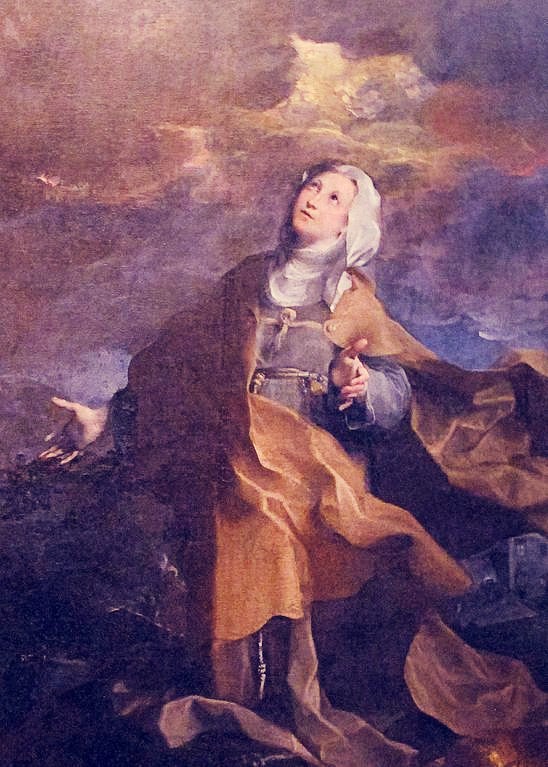


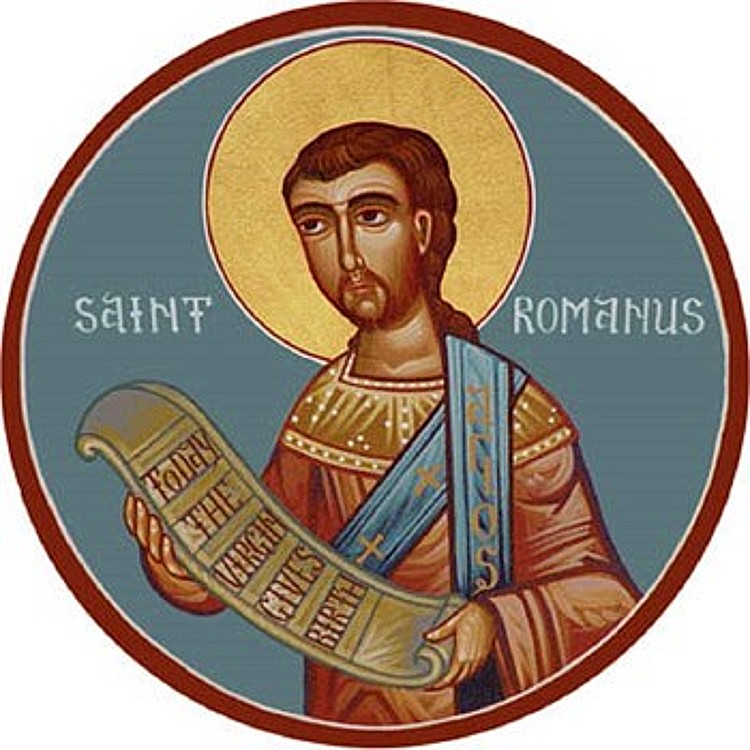

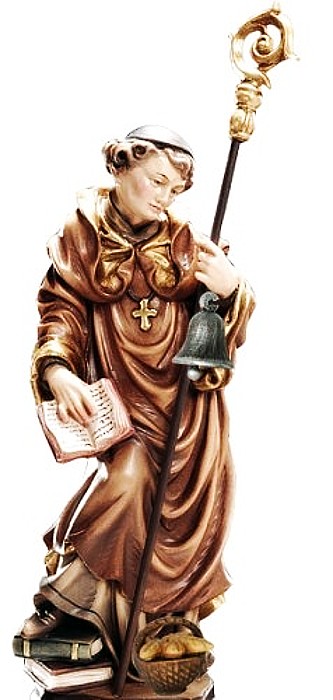

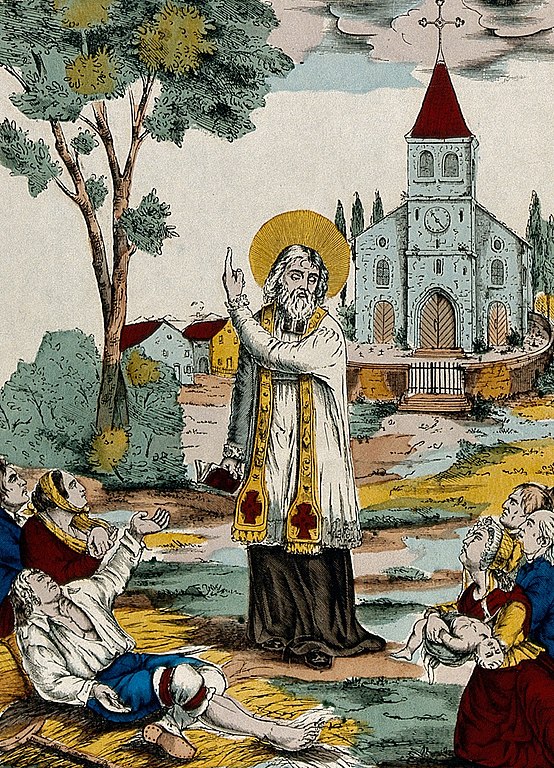

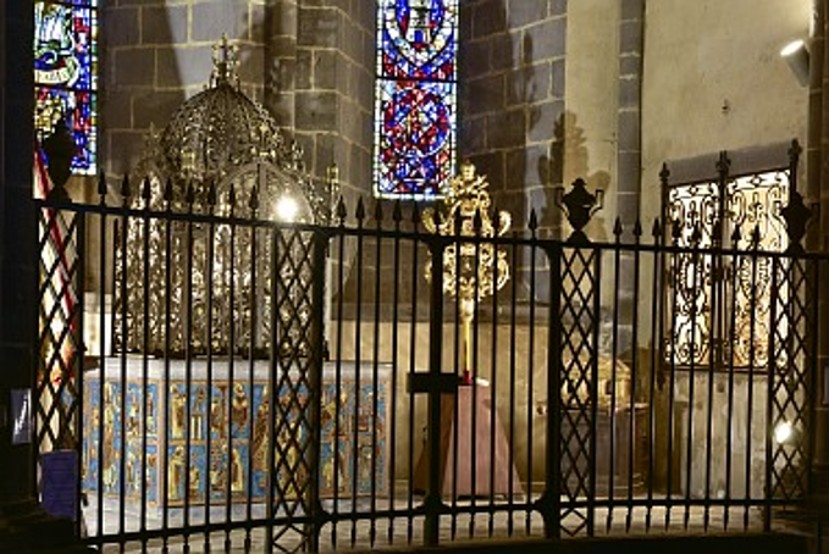

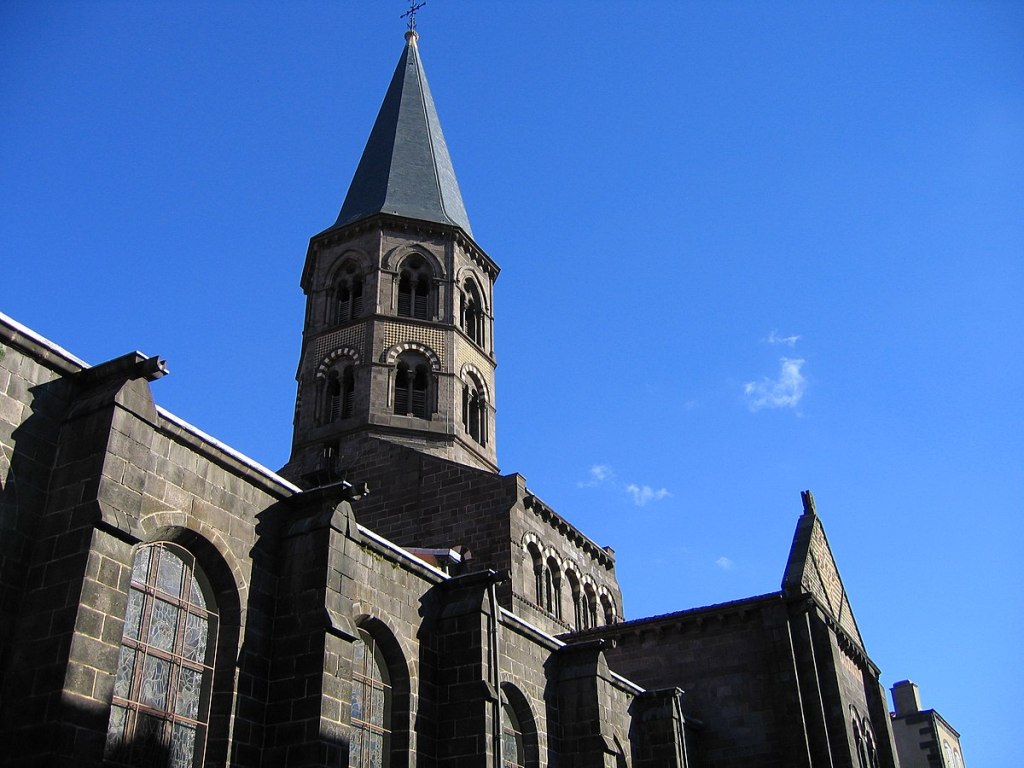


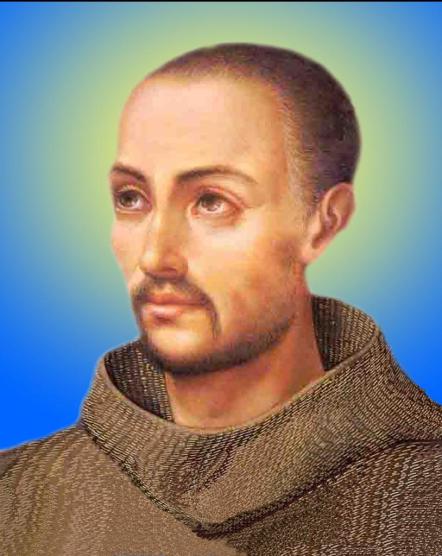
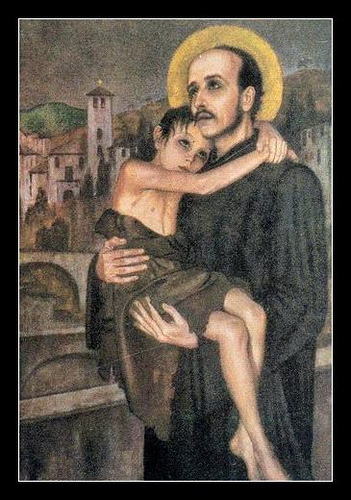


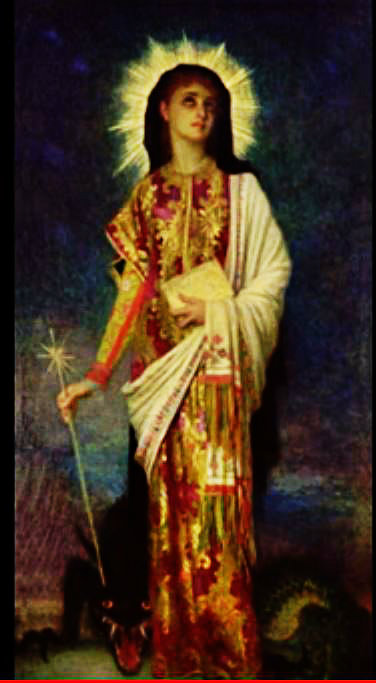








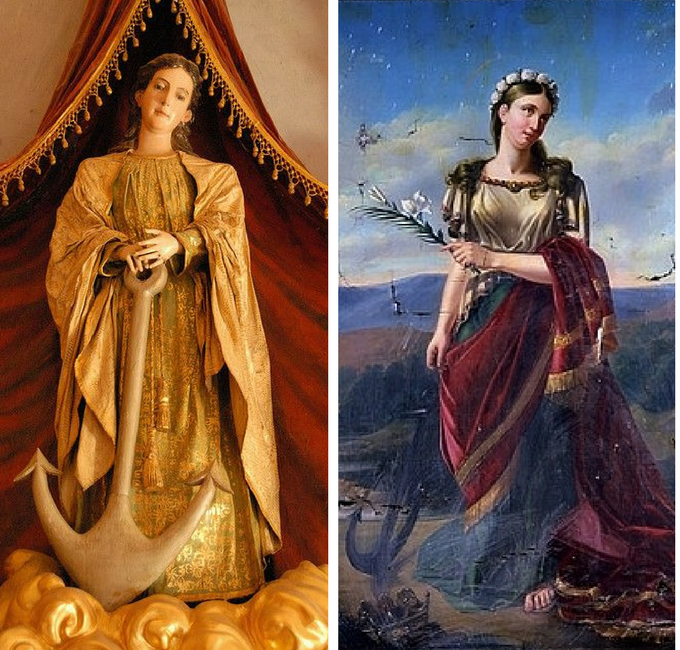



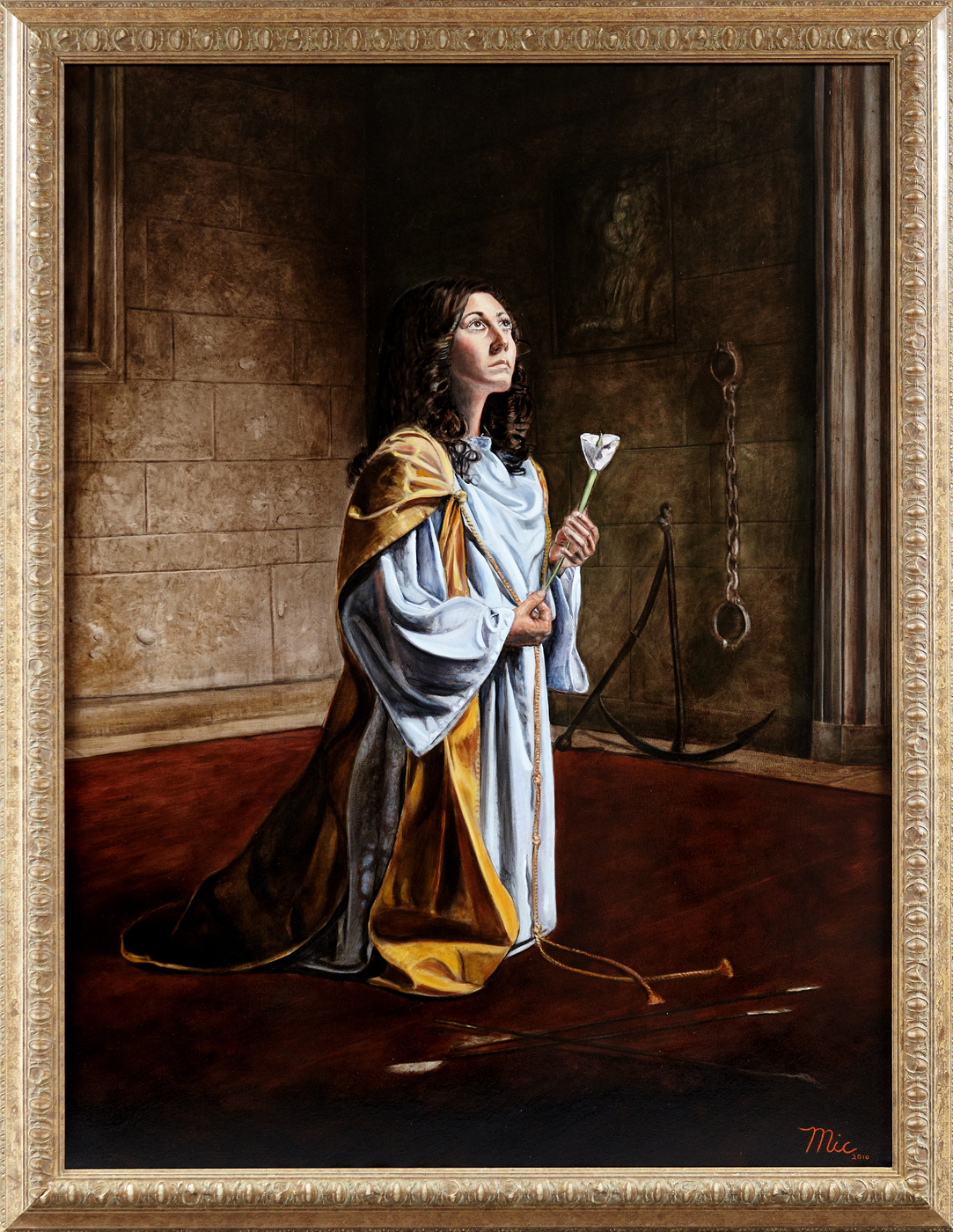






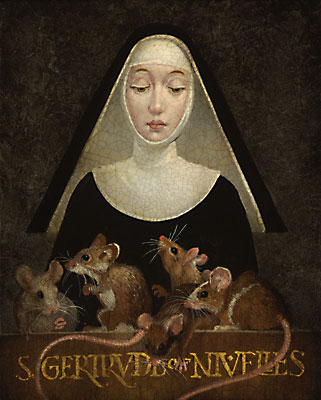


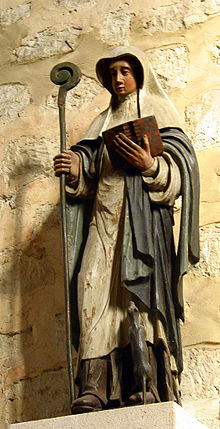
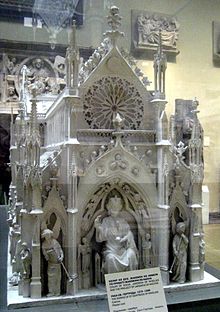













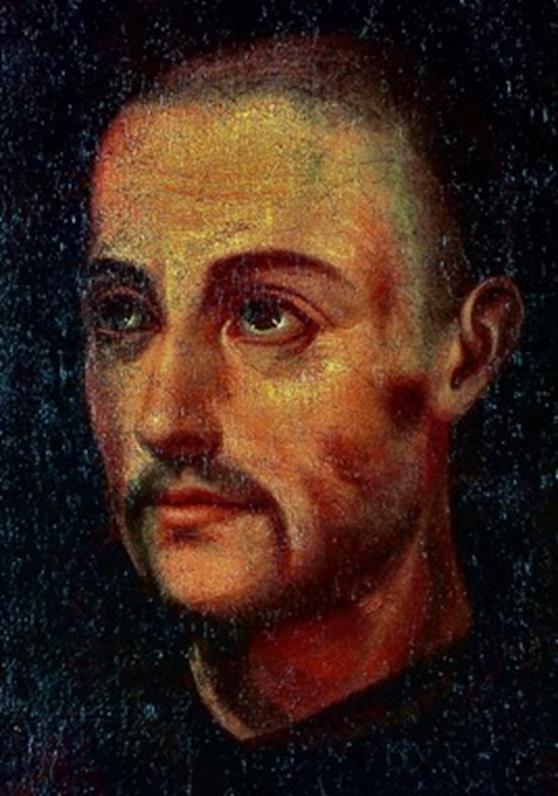
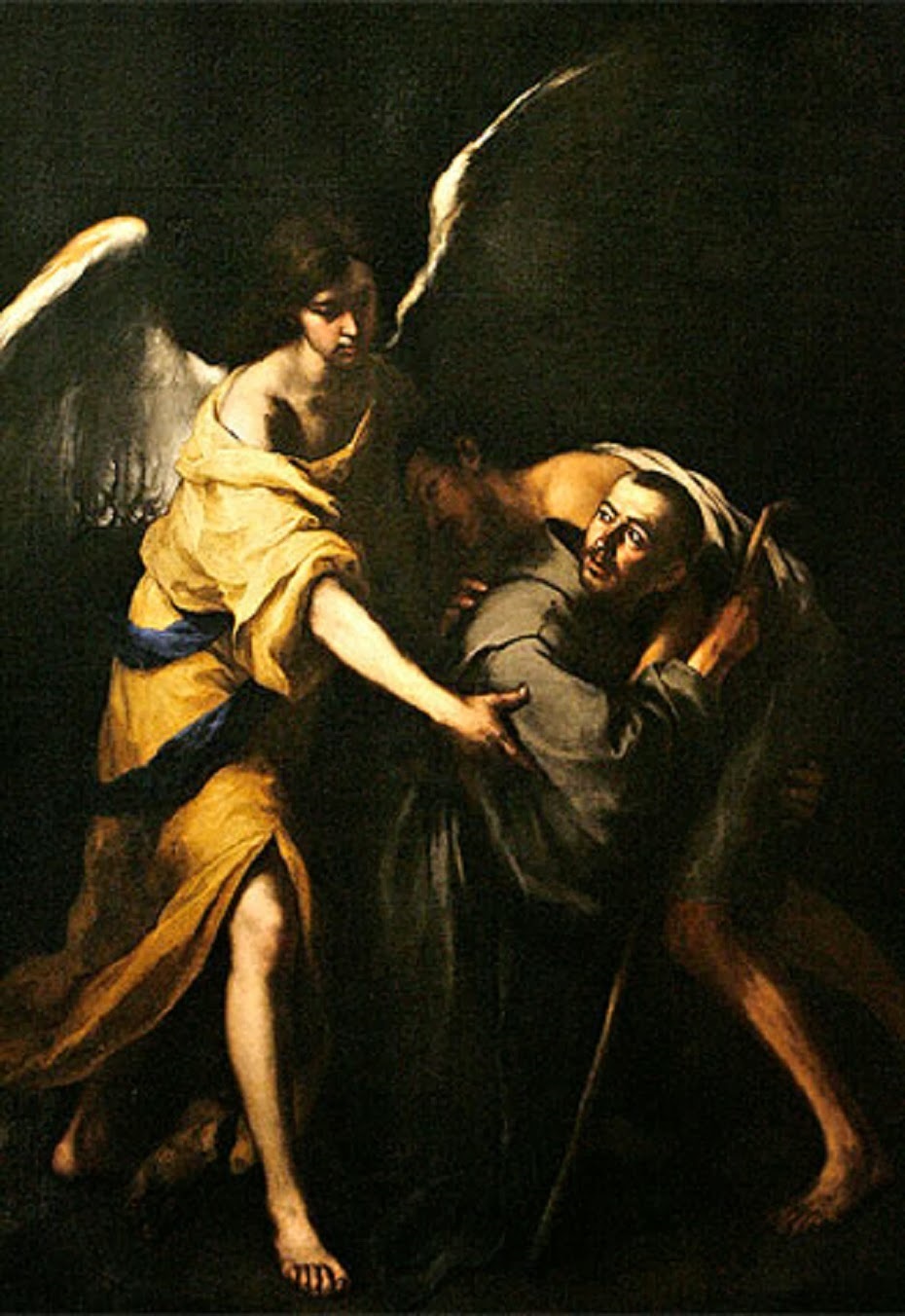


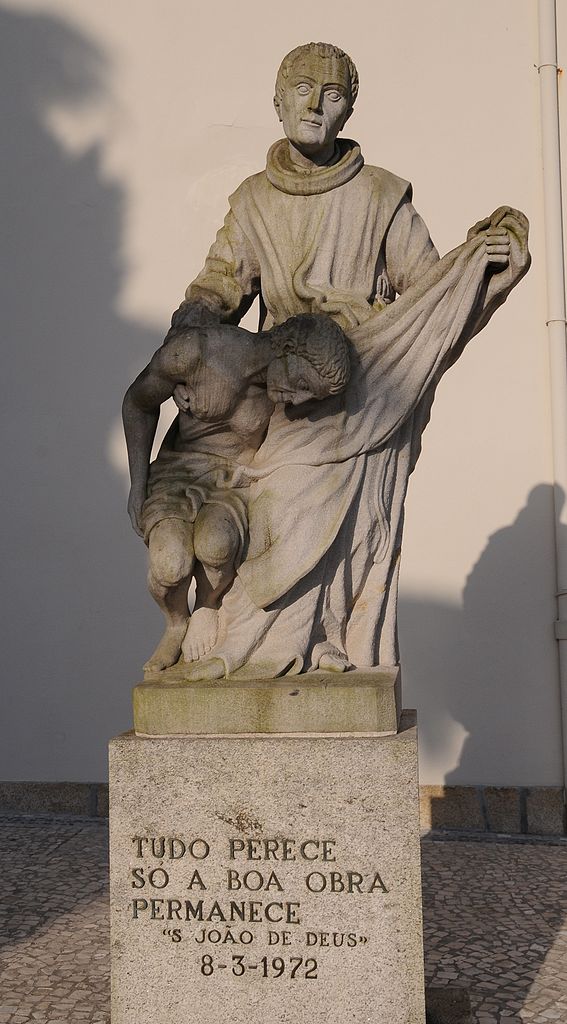







You must be logged in to post a comment.